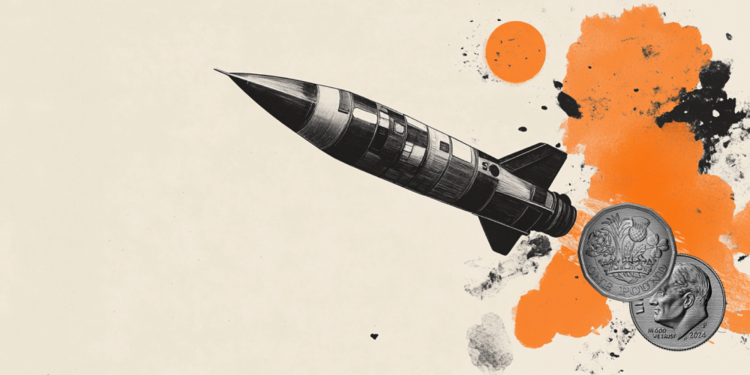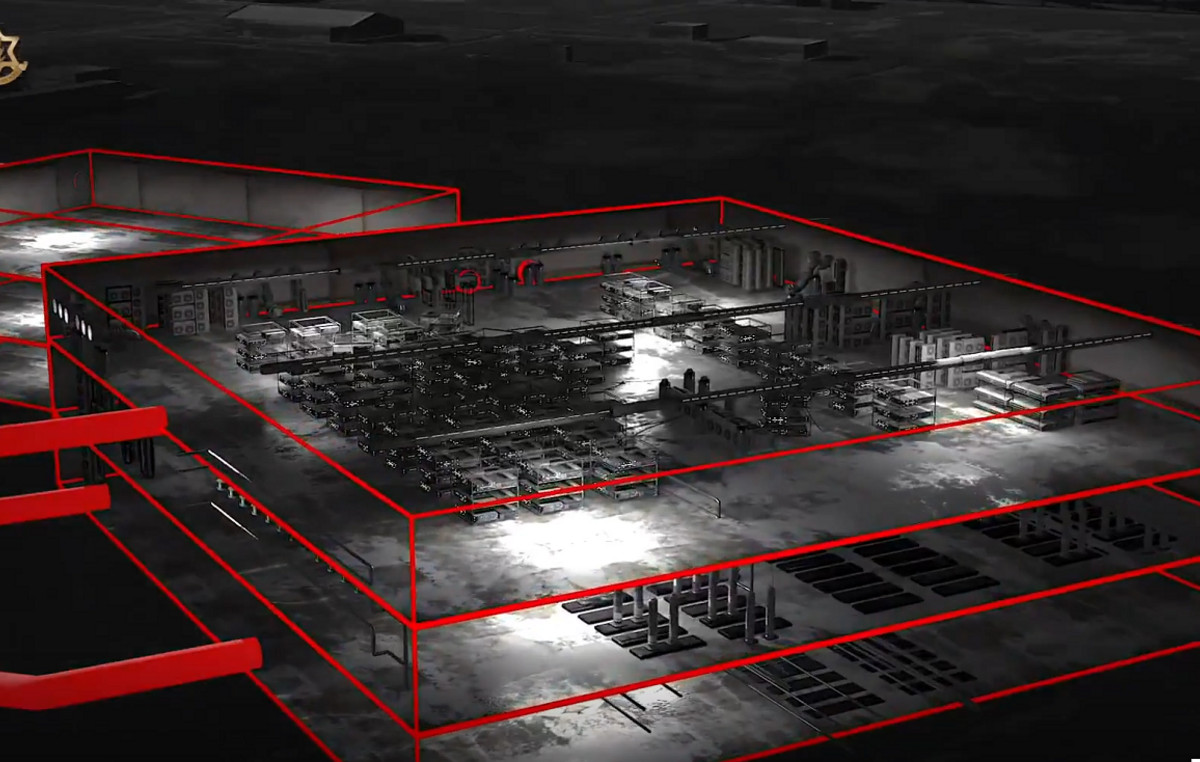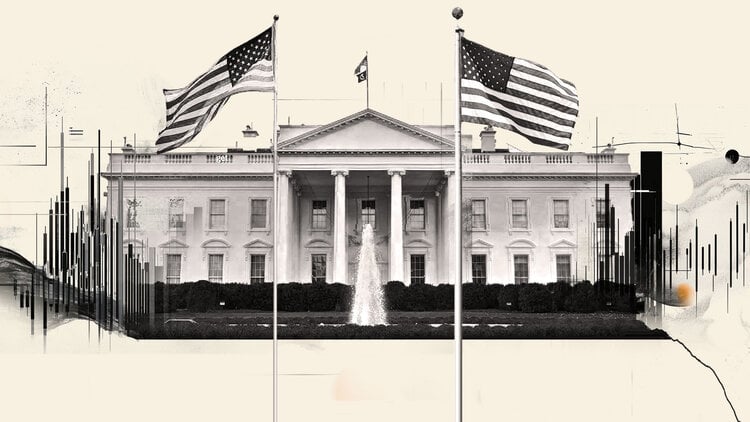Pressured mainly by the Chinese embargo on red meat, the slaughter of cattle in Brazil decreased by approximately 8% in the 4th quarter of 2021, compared to the same period of the previous year.
The restriction of the Asian country from September to December of last year, happened after two alleged cases of mad cow disease – a degenerative and fatal disease caused by the ingestion of the contaminated product.
There were 6,700 head of cattle slaughtered in the 4th quarter of last year, according to the Brazilian Institute of Geography and Statistics (IBGE). In 2020, the number of cattle slaughters in Brazil exceeded 7,300. The data are part of the Livestock Production Statistics survey, released this Thursday (10th).
“During the analyzed period, we noticed a significant downward trend in cattle slaughtering due to the problem we had with China, due to the disease related to the product”, said the livestock manager of the Brazilian Institute of Geography and Statistics (IBGE). ), Angela Lordão.
A survey by Safras & Mercado, a consultancy specializing in agribusiness, carried out at the request of CNN, showed that the livestock sector failed to raise at least US$ 2 billion (or R$ 11 billion at the current price) during the embargo.
The restriction on the Brazilian product directly impacted the logistics of the segment over the last few months of 2021.
“It is natural that there has been a drop in the slaughter of cattle in these months, due to the absence of the largest importer of Brazilian beef in the market during the last months of last year. China represents half of our exports. And this movement caused a series of changes within our livestock chain”, explained Fernando Iglesias, an analyst at Safras & Mercado.
According to Hyberville Neto, veterinarian and representative of Scot, a consultancy specializing in the sector, in addition to the embargo imposed by China, the high price of red meat in the domestic market also intensified the downward trend in cattle slaughter.
According to him, inflationary pressure and water scarcity were responsible for the increase in the cost of the product.
“The prolonged drought and the high price of grains, due to the low volume of rain, increase the cost of animal feed and, consequently, of the entire chain. That way, we can see the effects on the value of red meat”, details Hyberville Neto.
Change in Brazilian eating habits
The increase in the price of beef has made Brazilians consume more chicken and pork. Consequently, the number of slaughters of these animals has increased in recent months.
IBGE data highlight that pig slaughter rose 5.8% in the 4th quarter of 2021, compared to the same period of the previous year. In absolute values, 13,287 thousand pigs were slaughtered. In relation to chickens, the indicator registered an increase of 0.3% in the 4th quarter. There were 1.5 million animals that were slaughtered.
“This increase is related to the increase in beef protein prices and the practice of substituting food. We noticed a high level of pork and chicken because it is a much more competitive meat and, therefore, they have become a meat of choice for consumers. In short, we had an increase in demand and a large increase in the number of slaughters”, summarized Safras & Mercado analyst Fernando Iglesias.
Source: CNN Brasil
I am Sophia william, author of World Stock Market. I have a degree in journalism from the University of Missouri and I have worked as a reporter for several news websites. I have a passion for writing and informing people about the latest news and events happening in the world. I strive to be accurate and unbiased in my reporting, and I hope to provide readers with valuable information that they can use to make informed decisions.





